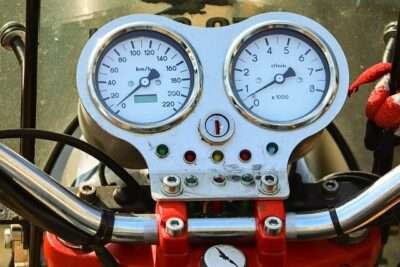Diesel fuel level sensor plays a critical role in monitoring fuel tank levels and preventing engines from running dry. But with varied sensor technologies available, how do you pick the right diesel fuel level sensor? Here are some of the key factors to consider when selecting a diesel fuel level sensor.
Learn More About Diesel Fuel Level Sensor
Diesel-powered vehicles, equipment, generators, and boats all require a way to accurately monitor how much fuel remains in tanks and reservoirs while the engine is running. The diesel fuel level sensor fulfills this crucial role by measuring the fuel volume and sending signals that operate the dashboard fuel gauge.
Reliable sensors prevent drivability problems, stalling, engine damage from running dry, and stranding that can occur from depleted fuel tanks. Various sensor designs exist utilizing different technologies such as floats, ultrasonic waves, capacitance, and optics. Each has inherent strengths and weaknesses. Selecting the optimal design matched to the vehicle’s needs results in precise fuel monitoring for safe, efficient diesel operation.
Overview of Key Sensor Types
One of the biggest mistakes you can make is assuming all sensors and switches are the same. They aren’t. Knowing the differences among the various types of switches and sensors can help you to better understand the type that you may need. Some of the most common sensor types include:
- Float sensors use a mechanical float connected to a potentiometer that changes resistance as fuel level changes. Simple and inexpensive, but less accurate.
- Ultrasonic sensors emit sound waves to detect fuel levels based on return echo timing. No moving parts, but sensitive to temperature.
- Capacitive sensors measure fuel as it changes the capacitance between two probes. Reliable, but requires venting tubes.
- Optical sensors use an LED light source and detector to measure light refracted by fuel levels. Fast response but contamination can cause issues.
Key Performance Factors to Consider
Accuracy is arguably the most critical performance factor, so fuel level readings precisely match the actual fuel remaining, especially as the tank nears empty. Durability ensures a long service life withstanding vibration, contaminants, temperature fluctuations, and exposure to diesel fuel.
The sensor output signal must be compatible with the vehicle’s instrumentation and dashboard gauge. Resolution determines how finely levels can be measured. Response rate is how quickly the sensor detects and transmits changes. Compare specifications to choose an optimal design.
Installation Factors
Fuel level sensors must be properly mounted into tanks, reservoir housings, or along supply lines in order to take accurate volumetric measurements. The wiring harness must be able to safely reach the vehicle’s power supply and computer reporting systems.
Certain positioning within irregularly shaped tanks provides optimal accuracy by avoiding false readings from fuel sloshing effects. Some applications require custom calibration or design to correctly interface with the vehicle. Ease of access for any required servicing or maintenance should also be considered during installation.
Diagnosing and Testing Sensors
If the fuel gauge is displaying incorrectly or sporadically, a diagnostic scan tool can read the sensor’s live output signals as well as any diagnostic trouble codes that point to sensor issues. Testing the sensor outside the fuel tank on a bench test rig provides conclusive evidence of proper operation before being replaced.
Check sensor wiring connections and harnesses for damage or corrosion that could cause problems. Use a multimeter to check if sensor resistance values change correspondingly as fuel levels change. Test results confirm whether the issue lies with the sensor itself or other factors.
Maintaining Fuel Level Sensors
Modern non-mechanical fuel level sensor designs rarely need extensive maintenance over their lifespan. However, it is prudent to inspect sensor wiring during any tank access to check for corrosion, loose connectors, damage, or pinched wires that could cause signal issues.
Clean any sensor probes or contacts gently when contaminated by dust or sediment to prevent false readings. Adhere to manufacturer-recommended replacement intervals as sensors may degrade over years of hot diesel exposure leading to drift. Replacing as preventative maintenance ensures reliable readings and avoids being stranded when a worn sensor finally fails outright.
By understanding sensor technology differences and your vehicle’s needs, you can pick the right diesel fuel level sensor or the right vertical float switch. Pay close attention to each of these factors and you will be able to quickly hone in on the switches and sensors that are best suited for your needs.









